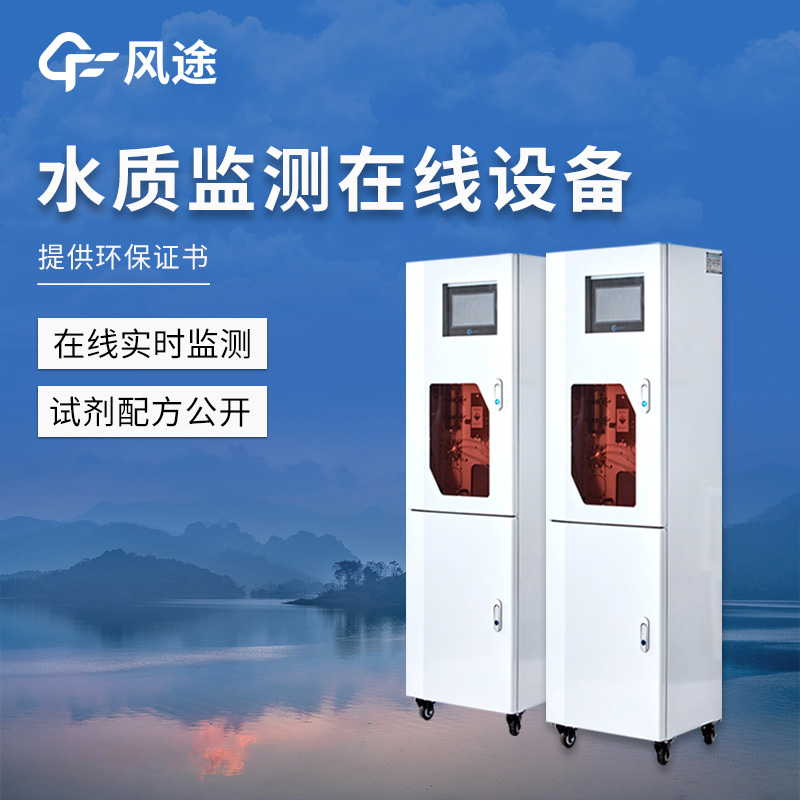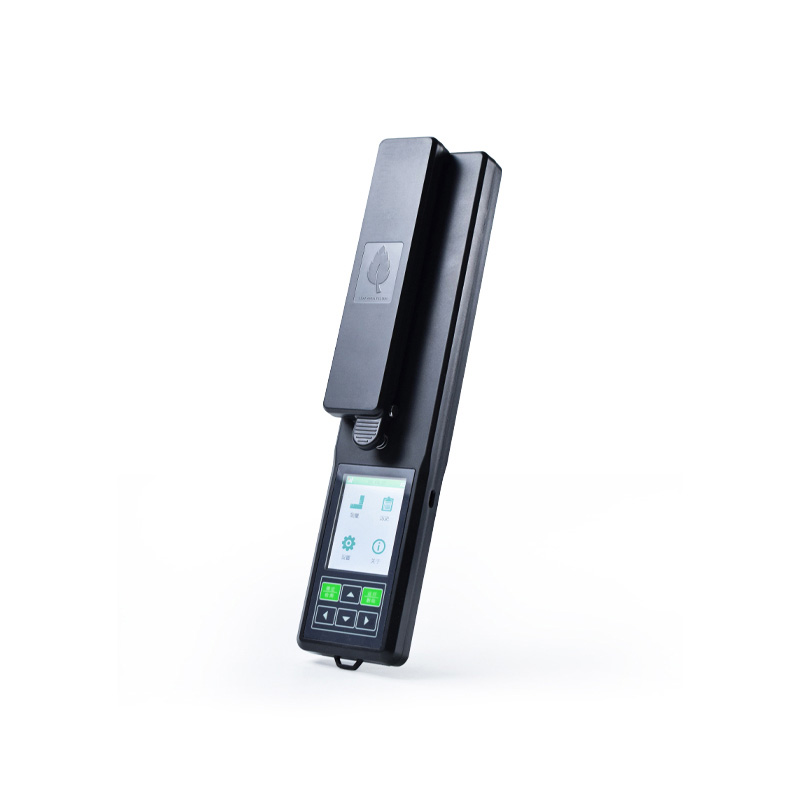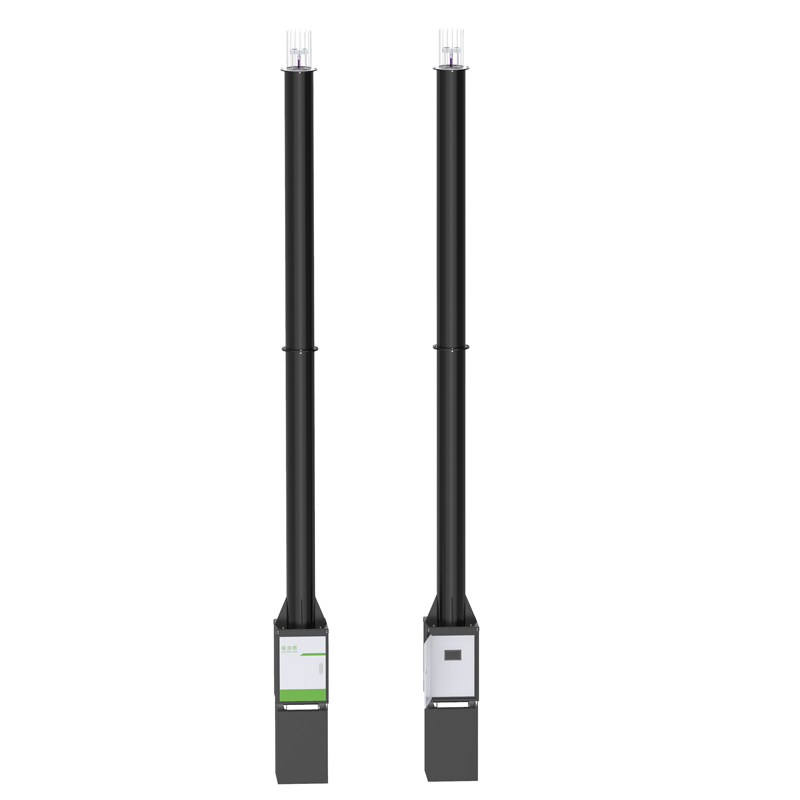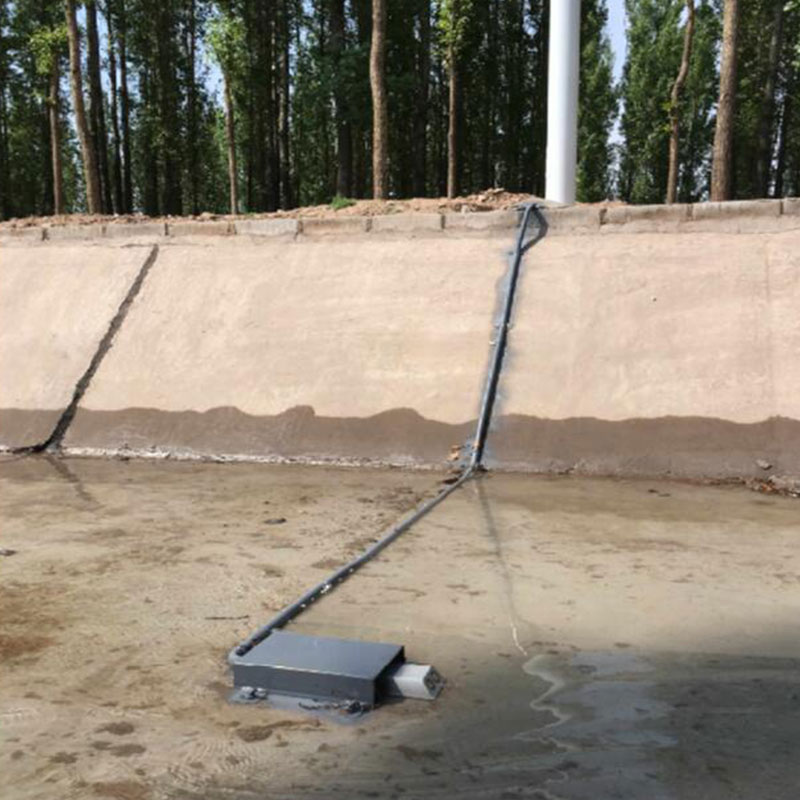COD, ammonia nitrogen, and total phosphorus are three crucial indicators for water quality monitoring.
COD, short for chemical oxygen demand, is a key metric for measuring the content of organic pollutants in water bodies. The higher the COD value, the more severely the water body is polluted by organic substances. These pollutants may originate from pesticides, chemical wastewater, or organic fertilizers.
Ammonia nitrogen refers to nitrogen compounds present in water in the form of free ammonia (NH₃) and ammonium ions (NH₄⁺). Excessively high concentrations of ammonia nitrogen can directly poison aquatic organisms and promote the growth of algae, leading to eutrophication of water bodies (such as cyanobacterial blooms).
Total phosphorus encompasses all forms of phosphorus in water, including orthophosphates, organic phosphorus, and particulate phosphorus. Phosphorus is a key nutrient for the growth of algae. Excessive phosphorus can cause eutrophication of water bodies, triggering explosive proliferation of algae (such as “blooms”).
In fields like sewage treatment and hydrological environment monitoring, these three parameters are frequently measured. They respectively reflect risks such as organic pollution, ammonia nitrogen toxicity, and eutrophication in water bodies.
Traditionally, laboratory testing was required, which was time - consuming and labor - intensive. However, the popularization of online monitoring technologies (such as multi - parameter water quality analyzers) has significantly enhanced data timeliness and management efficiency.
The Smart Water Quality Monitor is a water quality rapid - detection instrument launched by Fengtu. It is based on the rapid digestion spectrophotometry method and mainly detects the contents of COD, ammonia nitrogen, and total phosphorus in water bodies.
Its working principles are as follows:
Under strongly acidic conditions, potassium dichromate is used as the oxidant, silver sulfate serves as the catalyst, and mercury sulfate masks chloride ions. The digestion is carried out at 165°C for 15 minutes. Reducing substances in the water sample are oxidized by potassium dichromate, and hexavalent chromium is reduced to trivalent chromium. The COD value is calculated by measuring the absorbance of trivalent chromium at a specific wavelength using a spectrophotometer.
During operation, first prepare the samples, and filter and dilute them if necessary. Then, add the samples and solutions such as potassium dichromate to the digestion tube in sequence and seal it. Place it in the digester for digestion under the specified conditions. After cooling, pour the solution into a cuvette, measure the absorbance with a spectrophotometer, and calculate the COD concentration based on the standard curve.
This method is fast and efficient, reducing the time from several hours in traditional methods to about 15 minutes. It features easy operation, a high degree of automation, low reagent consumption, and relatively high accuracy. However, it also has limitations. Substances like chloride ions can interfere with the results. Its applicability to special water samples needs to be optimized, and the instrument requires regular maintenance and calibration.

This paper addresses:https://fengtusz.com/industry/699.html









